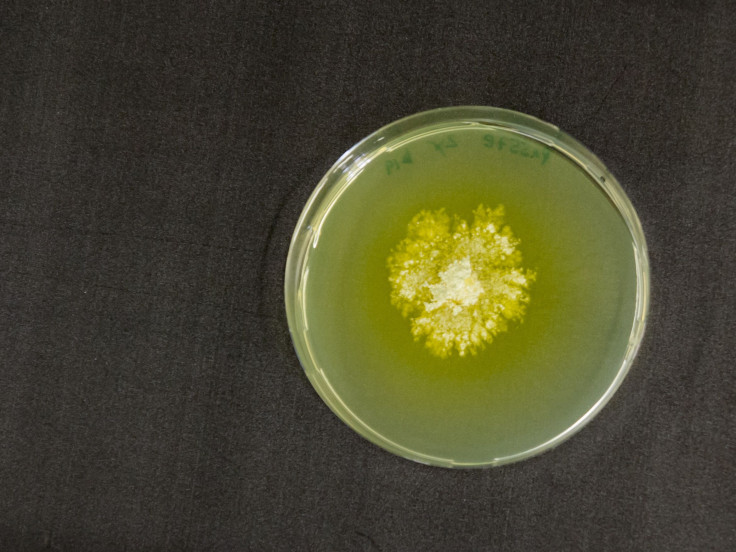Erythritol, Sugar Substitute, Can Be Mass-Produced From Straw With Help Of Mold Fungi

A new method for producing erythritol, a sugar substitute currently mass-produced in Asia and gaining ground in Europe and the U.S., shows promise at eliminating a costly and time-consuming middle step, according to researchers from the Vienna University of Technology.
Erythritol has many advantages compared to many other common sugar substitutes, and even sugar itself. For example, it contains zero calories, doesn’t lead to tooth decay, has no effect on blood sugar, and according to the researchers, it doesn’t even lead to weight gain. From a production standpoint, the new research eliminates the need for yeast in highly concentrated molasses; all a processor needs is a heap of straw and the ability to grow a certain kind of mold.
One of the obvious perks of using straw to produce a sweetener is its availability. Generally, straw is considered worthless, so farmers and manufacturers burn it as waste. But with the new findings, published in the open-access journal AMB Express, researchers are confident they’ve tapped into a technique for “opening up” the straw, breaking it down for further processing into sugar. “Usually the straw has to be treated with expensive enzymes to break it down into sugar,” said study co-author and University professor, Robert Mach, in a statement. “In highly concentrated molasses, special strains of yeast can then turn the sugar into erythritol, if they are placed under extreme osmotic stress.”
With the new technique, however, manufacturers can use the mold from a fungus, Trichoderma reesei, to act as the stressing agent. The team identified two main advantages to using the mold in erythritol production. The first is in its genetic modification. Where molds used to require chemical cleaning to obtain the enzymes — a rather cumbersome undertaking — the improved strain can now be directly applied to the straw. Second, the mold can produce erythritol directly from the straw; molasses and yeast are no longer required.
Mach says the finding should change the way science views the capability of Trichoderma reesei in mass-producing the sweetener. Previously, the mold was only thought capable of yielding small quantities. “By genetically modifying it, we managed to stimulate the production of an enzyme, which enables the large-scale production of the sweetener,” he said.
Currently, the sweetener is produced at a quantity of roughly 23,000 tons each year. This happens mostly in Eastern countries, although Mach believes widespread application of the breakdown technique could change the entire sweetener industry, which relies mostly on stevia and aspartame as its alternatives to cane sugar. Erythritol is approximately 70 to 80 percent as sweet as ordinary sugar.
“We have proven that the new production method works,” Mach said. “Now we want to improve it together with our industry partners so that it can be used for large-scale production.”
Source: Jovanovic B, Mach R, Mach-Aigner A. Erythritol production on wheat straw using Trichoderma reesei. AMB Express. 2014.



























